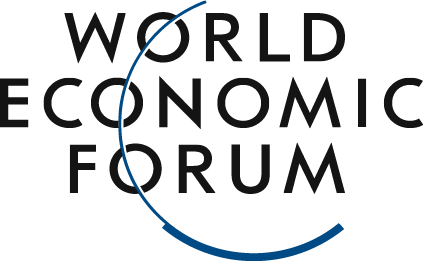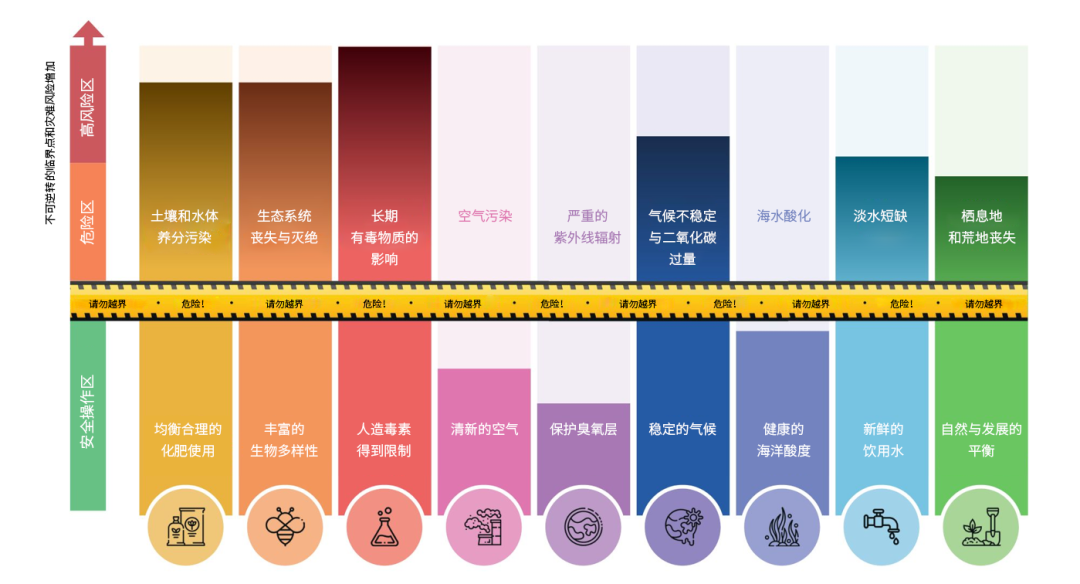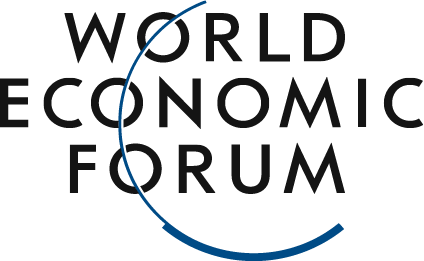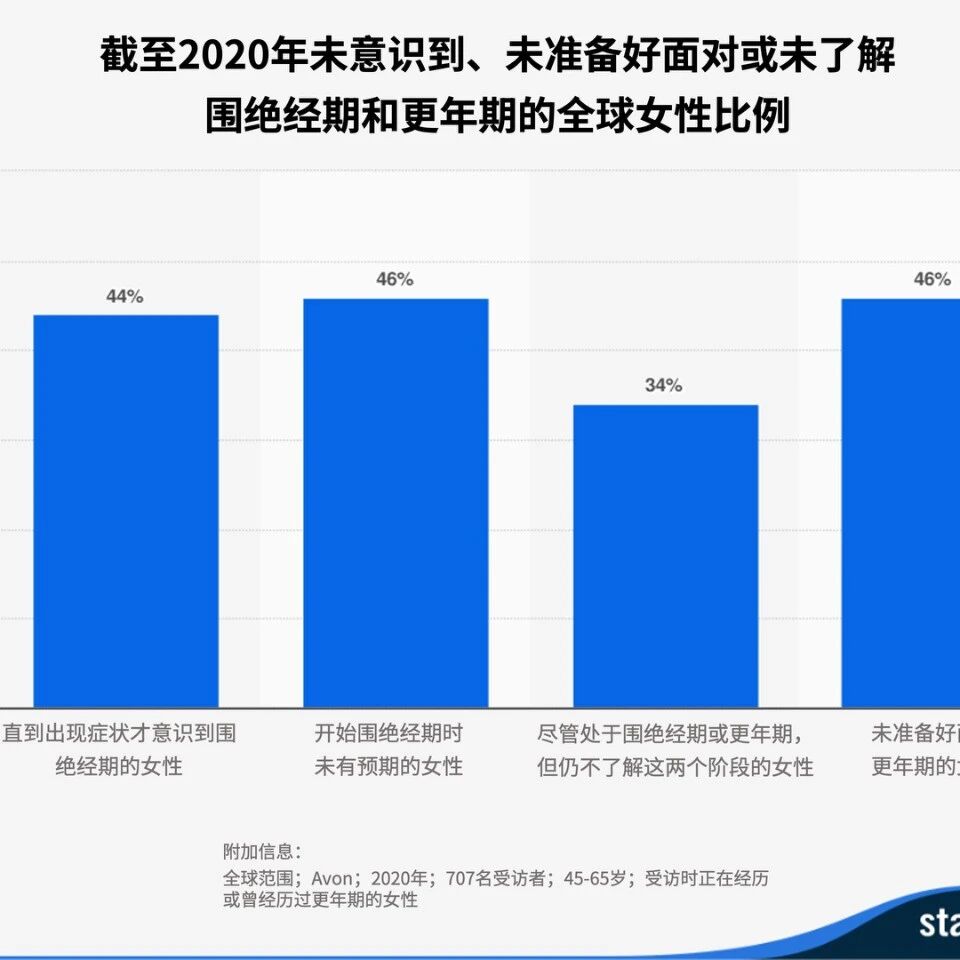Progress is achievable in key areas of sustainable development.
Image source:Unsplash.
Gill Einhorn
Global Head of Innovation and Transformation at the World Economic Forum
Whether our civilization can survive depends on whether we can halt the climate crisis, prevent ecological collapse, and rapidly strengthen systemic resilience.
Unlike past civilizations, we have abundant scientific evidence and cutting-edge technologies to support these goals.
As a globalized society, our success depends onBusinesses, policymakers, and thought leaders from universities and around the world are collaborating to take collective action.
The United Nations estimates that by 2050, Earth’s population will grow by an additional 1.6 billion people. Population growth is one of the primary drivers behind civilizational collapse, as resources are finite. On August 1, 2024, humanity reached “Earth Overshoot Day,” marking the day when we had already exhausted the planet’s entire annual budget of natural resources for that year. Today, we’re consuming resources at a rate equivalent to 1.7 Earths per year.These stark realities echo the warnings issued by Jared Diamond in his New York Times bestseller, "Collapse: How Societies Choose to Fail or Succeed."Diamond identified eight processes that can lead to abrupt ecological collapse—processes that have previously contributed to the downfall of past human civilizations: deforestation and habitat destruction; declining soil health due to erosion, loss of fertility, and salinization; challenges in freshwater resource management; overhunting; overfishing; invasive species; population growth; and rising per capita environmental impact.Deforestation, loss of natural habitats, soil health issues, and water quality problems are rapidly worsening. Although most regions around the globe have made landmark commitments to halt deforestation by 2030, the United Nations Food and Agriculture Organization estimates that an alarming 10 million hectares of forest are still cleared annually worldwide—resulting in a net annual loss of 4.7 million hectares, even when regenerating forests are factored in.Globally, about one-third of soils are still moderately or severely degraded, leading to reduced productivity and posing a growing threat to food security. According to the first comprehensive review of Earth's global water systems, by 2030, global freshwater demand is expected to exceed supply by 40%.Although hunting and fishing have largely been replaced by agricultural systems, the annual average growth rate of total factor productivity in agriculture has steadily declined since 2011—remaining below the target growth rate needed to sustainably meet global agricultural output demands by 2050. Meanwhile, for the first time since 1970, the average decline in biodiversity species population sizes has reached 69%.Since 1970, losses caused by invasive species have quadrupled every decade, totaling at least $423 billion annually. Among the 37,000 known alien species, more than 3,500 are considered harmful—they devastate crops, drive native species to extinction, pollute waterways, spread diseases, and even trigger devastating natural disasters. Moreover, as climate change progresses, some "dormant species" currently deemed harmless could potentially become invasive invaders.Diamond traces the history of global civilizational collapses since prehistoric times, identifying and summarizing the key drivers behind these collapses—as well as the early warning signs that often precede them. His framework offers us a crucial roadmap for action; if applied effectively, it just might help our own civilization avoid repeating the tragic mistakes of those that came before.Diamond also highlighted four other unique threats facing modern human civilization: climate change driven by human activities; energy shortages; the accumulation of toxic chemicals in the environment; and the upper limit of Earth's photosynthetic capacity. In each of these areas, our performance remains equally troubling.According to data from the Intergovernmental Panel on Climate Change (IPCC), the current climate warming is 100% attributable to emissions from human activities. Last year, the global average temperature was 1.64°C higher than pre-industrial levels, while records continue to be shattered—whether it’s ocean heat content, rising sea levels, shrinking Antarctic sea ice, or retreating glaciers. The findings of the 2023 "Global Tipping Points" report clearly highlight the existential threats we are facing.Today, Earth's five major systems are facing the risk of irreversible decline. If the ice sheets of Greenland and West Antarctica—two regions under immediate threat—collapse, global sea levels could rise by as much as 10 meters over the coming centuries.Currently, there are 570 coastal cities on Earth, with a combined population exceeding 800 million. Among the world's 17 largest cities, 14 are located in coastal areas—and if a collapse were to occur, it would severely disrupt global society and the economy.However, Diamond’s analysis did not address the Earth system’s tipping points, since the groundbreaking paper outlining these dynamics was published four years after his book—specifically in 2008. In fact, if "Collapse" were written today, it might devote significant space to discussing the very tipping points that determine the safe and equitable operating space for humanity. Moreover, while energy shortages have eased somewhat over the past two decades, fossil fuels still accounted for 84% of global energy supply in 2020.The latest planetary boundary assessment, released in 2023, highlights the growing accumulation of toxic chemicals, identifying high-risk pollutants like phosphorus and nitrogen in soil and water. While air pollution hasn’t yet crossed the planetary boundary, it’s already showing clear signs of deterioration—air quality has worsened in two-thirds of cities worldwide.A overview of planetary boundaries.
Source:According to data published in the journal *Science*, humans have already exceeded six of Earth's nine planetary boundaries.
"Photosynthesis ceiling" is an emerging field of research. The ability of organisms to produce organic matter has an absolute upper limit, which also sets a maximum amount of bio-carbon that can be generated. While specific details remain debated, it’s clear that humans are already utilizing an ever-increasing portion of the available bio-carbon—currently accounting for roughly one-third of the total. Meanwhile, factors such as urban expansion, extreme weather events, and ocean salinization are steadily reducing the overall amount of bio-carbon Earth can sustain.Unlike many ancient societies that failed because they couldn’t anticipate the drivers of collapse, today’s situation is different. We possess vast scientific knowledge and rich practical experience from everyday life. The challenge facing our generation lies in how to tackle these intricate, interconnected web of complex issues—once they arise.Against this backdrop, armed with this knowledge, we can also glimpse a ray of hope. For instance, analysis of member emission data reveals that between 2019 and 2022, the Alliance of CEO Climate Leaders achieved its ambitious goal of reducing cumulative absolute emissions by 10%. This pace of reduction not only outpaced the progress made by major global economies but also exceeded the targets set by the Science Based Targets initiative (SBTi)—targets aligned with the Paris Agreement’s pathway to net-zero emissions. Meanwhile, during the same period, the alliance members’ combined total revenue grew by 18%, surpassing the 15% increase in global GDP over the same timeframe.This kind of initiative demonstrates that progress is indeed achievable in critical areas of sustainable development, including climate action and economic growth. At the same time, it underscores Diamond’s warning: act collectively—and promptly—before it’s too late.The power of collective actionOver the past 20 years, we have witnessed global pandemics, escalating conflicts, and persistent food insecurity—issues increasingly driven by the degradation of Earth’s systems and the looming consequences of crossing critical thresholds. These consequences include extreme weather events, droughts, and floods.A collective, coordinated, and credible response from humanity is essential to ensuring safety and justice. This requires global decision-makers to jointly demonstrate leadership, alongside the support of academic experts and Indigenous land stewards—key stakeholders in managing affected regions—and to implement targeted, appropriate actions on the ground. It also calls on us to move beyond a singular focus on emission reductions, instead prioritizing the protection and restoration of biodiversity, while building resilience that is both systemic and inclusive.Well-founded optimism gives us the space to fully grasp the severity of the current situation, while also empowering us to unlock our potential and forge a vital path forward. As James Stockdale put it: "You must never confuse the belief that you will ultimately prevail with the discipline to face up to the brutal facts of the moment—and you must never lose sight of that belief, no matter how grim those facts may be."
The above content solely represents the author's personal views.This article is translated from the World Economic Forum's Agenda blog; the Chinese version is for reference purposes only.Feel free to share this in your WeChat Moments—please leave a comment below if you’d like to republish.
Translated by: Sun Qian | Edited by: Wang Can
The World Economic Forum is an independent and neutral platform dedicated to bringing together diverse perspectives to discuss critical global, regional, and industry-specific issues.
Follow us on Weibo, WeChat Video Channels, Douyin, and Xiaohongshu!
"World Economic Forum"






